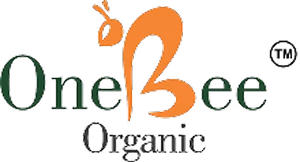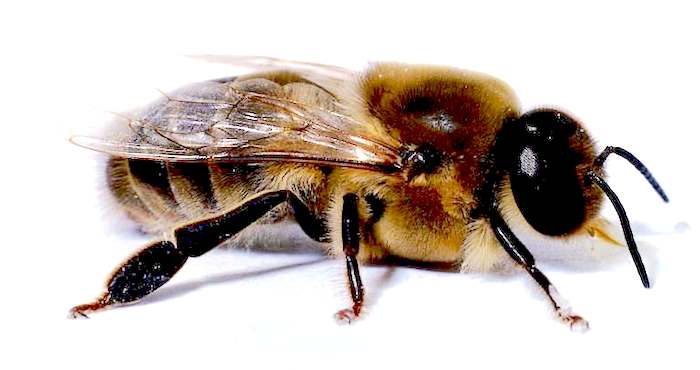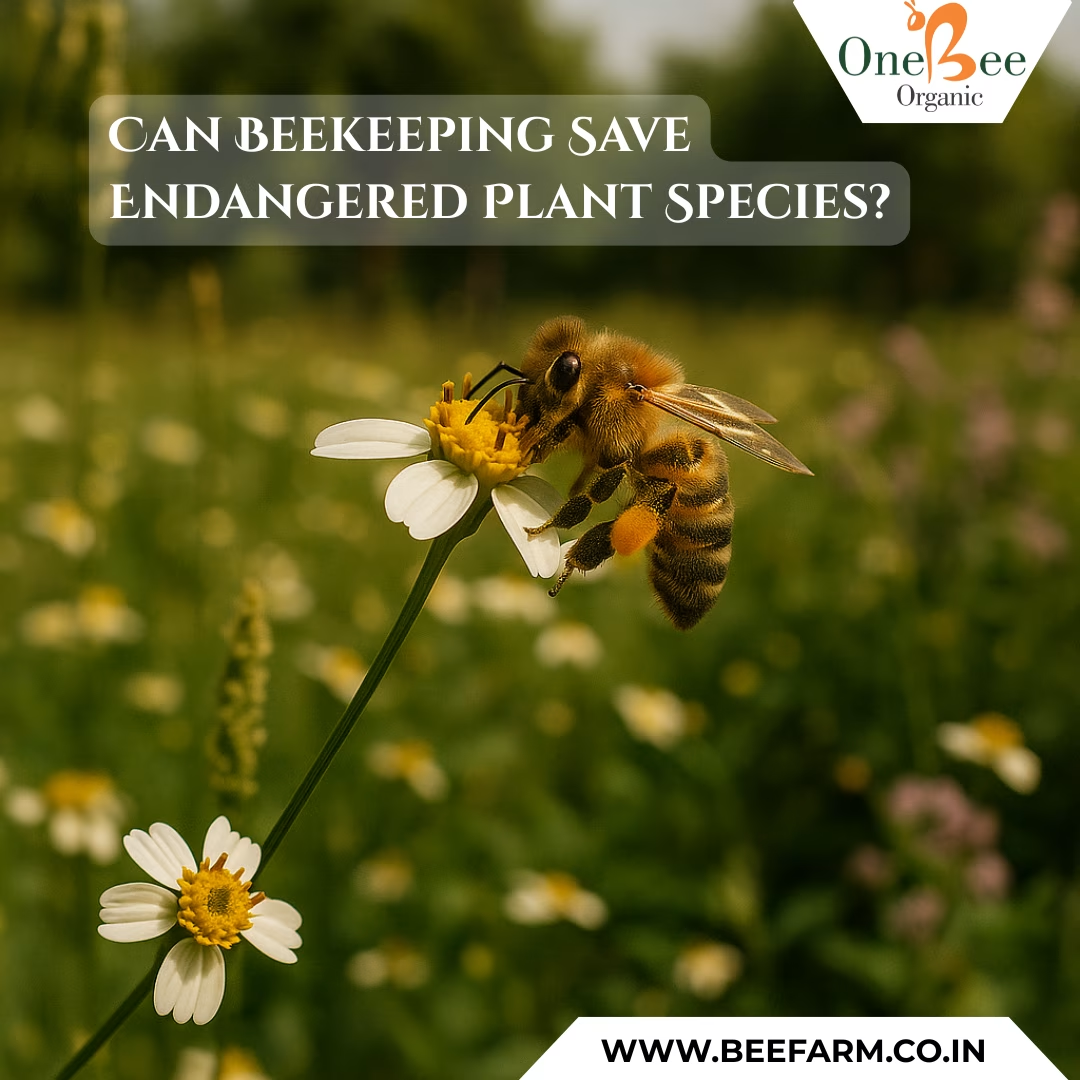Role of Drone Honeybee in the Beehive
Role of Drone Honeybee in the Beehive have a specific role, although their role is limited compared to that of the queen and worker bees. Here is the role of drone honeybees in the beehive:
- Mating: The primary role of drone honeybees is to mate with queens from other colonies. Drones are male bees, and their sole purpose is to fertilize virgin queens during their nuptial flight. Drones fly out of the hive and gather in areas known as drone congregation areas, where they wait for queens to arrive. When a queen flies by, multiple drones will attempt to mate with her, and the successful drone will release his sperm to fertilize the queen.
- Genetics: Drones contribute to genetic diversity within honeybee populations. As drones mate with queens from different colonies, they help exchange genetic material between colonies, increasing genetic variation. This genetic diversity is important for the overall health and adaptability of honeybee populations.
- Limited Hive Duties: Unlike worker bees, drones do not engage in tasks such as foraging, hive maintenance, or defense. They do not have stingers or specialized structures for collecting pollen or nectar. Drones are unable to gather resources or perform any tasks related to the survival and maintenance of the hive.
- Seasonal Presence: Drones are typically present in the hive during the spring and summer months when queens are ready for mating flights. Once the mating season is over, the drones’ presence becomes less necessary.
It’s important to note that drones have a relatively short lifespan, usually a few months at most. Their primary purpose is to mate with queens and contribute to the genetic diversity of honeybee populations.








Leave A Comment